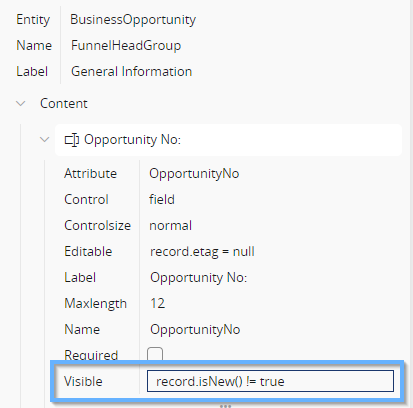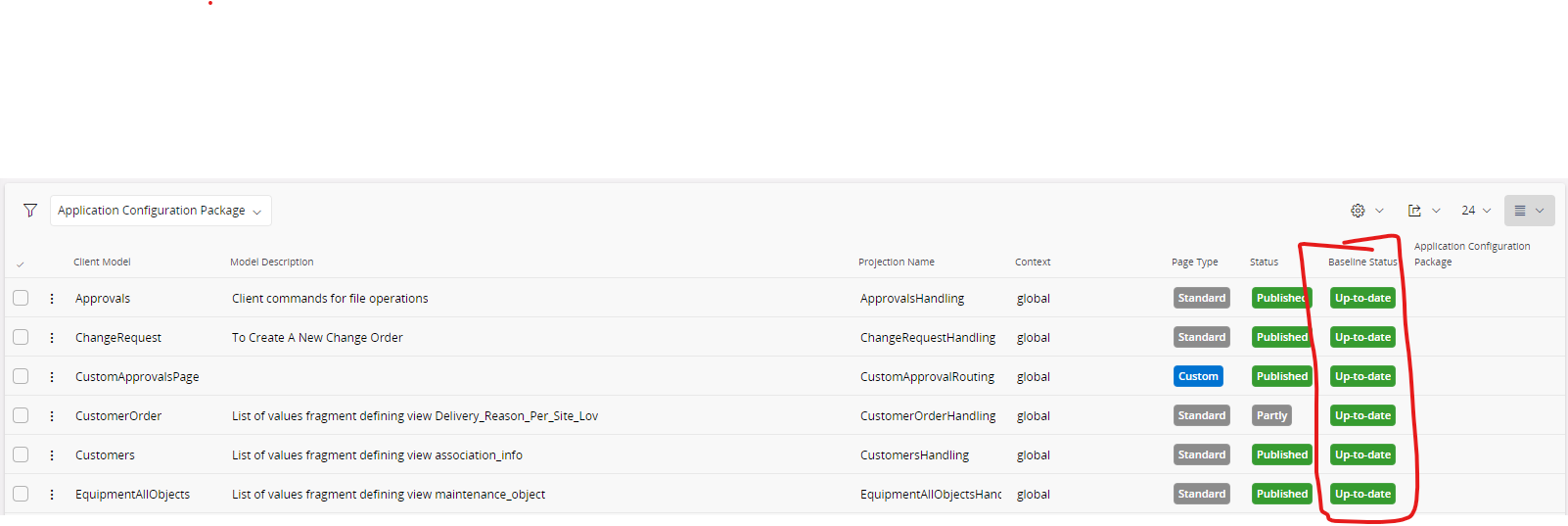I don’t believe that’s possible as the conditional evaluation for these is based on this syntax and does not allow the use of Context Substitution Variables as far as I’m aware.
https://docs.ifs.com/techdocs/23r2/040_tailoring/225_configuration/200_client_configurations/310_conditional_fields/300_condition_syntax/#operators
So you can do conditional evaluation but only to other attributes/properties that are part of that record’s context (so, other fields available in the list, basically, such as comparing two dates in a given list to determine whether a third field is shown or not)
Technically this could still work but you would first need to create and deploy a custom attribute to that entity to retrieve say, #USER_ID#, in order to then be able to use that field to evaluate whether another field should be shown or not.
This is quite cumbersome to do.
The more normal way to do what you want would be to use different Page Designer Contexts and map those contexts to Users or User Groups, which is indeed easy to do and would achieve conditional visibility.
So, you create a new Page Designer Context, make the field not visible (if that’s what you want to do), and then assign that context through Context Configuration Mappings to a particular UserGroup or Users :)








